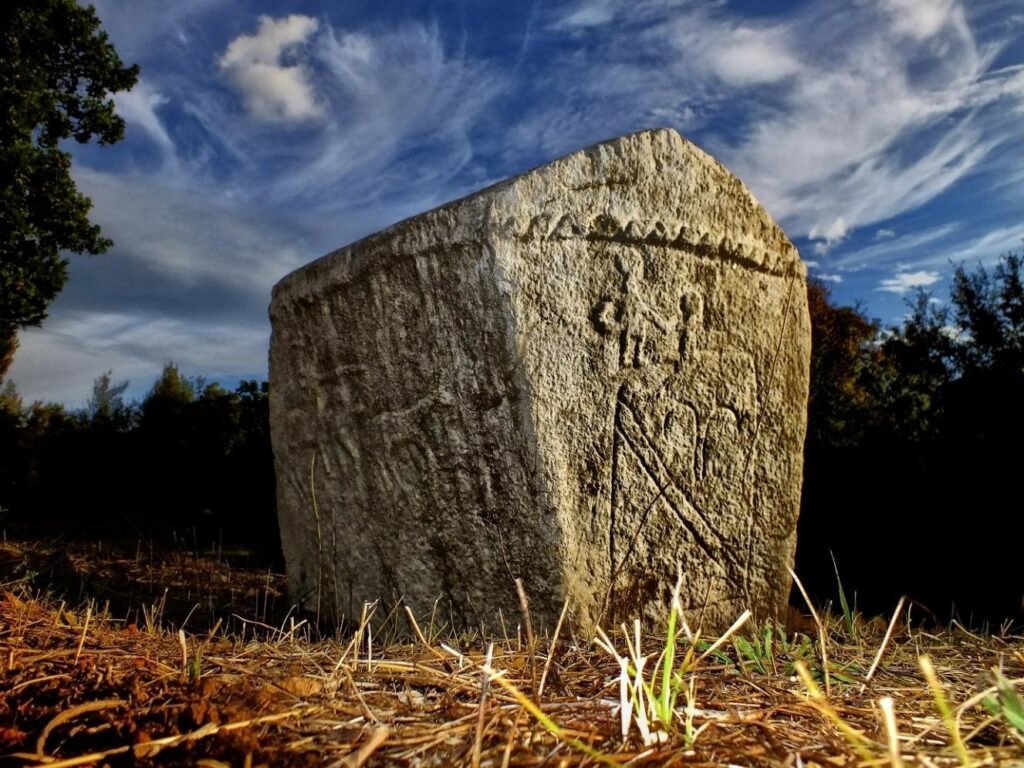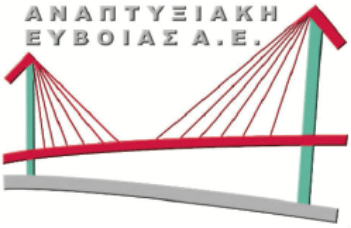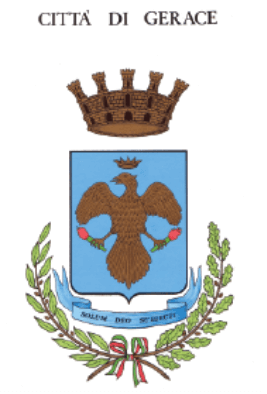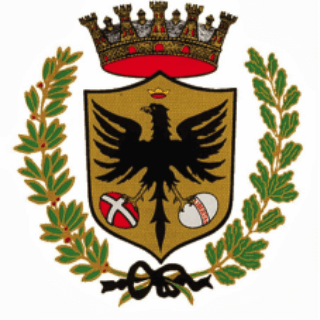
Bilizi, kamici, stećak tombstones or marbles are medieval stone tombstones that appear in the 13th century, with the peak of use and development in the 14th and 15th centuries. According to previous research, about seventy thousand biligs are known, of which in Herzegovina and Bosnia 86 percent, and the rest in Croatia, Montenegro and Serbia. At the Dilić site in Bijača, on the private property of the Galić family (95 m above sea level, N 43 ° 07.449, E 17 ° 35.377), right next to the road R 423 Teskera-Bijača-Vid, there are now 35 biligs. There used to be more of them, part of it was built into a nearby road in 1931, and 11 copies are in the dry stone wall next to the road. By shape, most are chests, twenty of them, fourteen plates and one gable. 17 biligas were decorated. The site with bilizima in Bijača has been declared a national cultural monument and is on the candidate list for the nomination of a protected world heritage site run by UNESCO. During 2013, the cemetery was cleaned, restored and conserved. Protective archeological research will also need to be carried out for the complete arrangement of the site.





